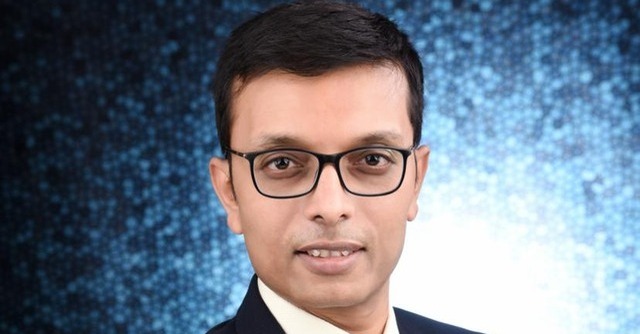
How this 10-member team is building the technology blueprint at StanChart


At the plush Bengaluru office of the UK-based Standard Chartered (StanChart) Bank, there is a small team of four engineers, whose work is formulating the first draft of technological innovation at the entire bank. These engineers are part of a slightly larger, ten-member team spread across Bengaluru, Chennai, and Singapore who are working and experimenting with a range of emerging technologies like artificial intelligence, metaverse, quantum computing, cryptocurrency, Web 3.0, and NFTs, among others, building proof and concepts (PoCs).
The team is led by Ashish Chandra, the head of technology innovation (part of StanChart’s Group Functions arm), who sits in Singapore but divides his time between the above-mentioned locations, guiding his team.
“The technology innovation team is built in such a way that each member owns a certain technology. They are developing different use cases that can be taken ahead to build PoCs and minimum viable products (MVPs). These are then showcased to different global heads to sell these concepts to be tested and verified,” Chandra told TechCircle.

The innovation team was earlier part of the aXess Labs, the bank’s in-house Bengaluru-based test lab is a physical space. The focus of the team is to ‘nurture the culture of enterprise innovation’. “We wanted to build a platform that is cumulative in nature and can be also used by vendors and partners. The focus was to drive innovation into regions and portfolios earlier not reached, and primarily we work on how fintech and regtechs areas in this innovation work,” said Chandra.
One such ‘experiment of the team that has reached fruition is the metaverse-based new hiree onboarding solution that is now deployed across the bank. This solution gives the employees a virtual tour of the entire office to get a semblance of what their work environment and typical day as a StanChart employee would look like. The team has also gamified that entire ‘know your company’ routine, replacing the traditional bulky knowledge documents. “This has improved StanChart’s image as a tech-savvy and technologically influential workspace. It has directly reduced the dropout of new hires, which is great news considering how competitive the market is in grabbing top talent,” he added.
Quantum technology is another major focus of the team. Chandra says that while this technology is more costly and has higher maintenance requirements, it renders great returns on investments. Chandra’s team is currently working on quantum photonics-based solutions for applications like rating portfolio risk of customers and portfolio diversification.

The company is also big on leveraging generative AI for tasks like simplifying call centre work, documentation, and developing interactive bots, among others. They derive from their repository of 13 large language models from organisations like Meta and Hugging Face.
When asked about the biggest challenge in adopting emerging technology in the banking, financial services and insurance (BFSI) sector, Chandra pointed to the security aspect. Financial institutions have historically been hesitant in acquiring and deploying new technological solutions, often depending on legacy systems, given the associated risk. That said, the trend seems to be slowly changing.
One of the reports by market research firm IDC corroborates this changing trend. As per a May 2023 report, IDC said that over 83% of the banks in the Asia/Pacific region will increase their technology budgets in 2023, with close to 15% increase by 20% and more. The key areas of investment would be security and data transformation, followed by big data and analytics, and AI-machine learning solutions.

